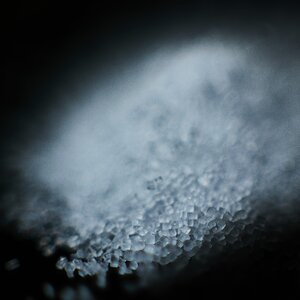focalfiend
TPF Noob!
- Joined
- Jun 8, 2012
- Messages
- 2
- Reaction score
- 1
- Location
- California
- Can others edit my Photos
- Photos NOT OK to edit
Hi everybody; my parents recently came across a couple of interesting lenses at a swap meet, and I have no idea what they are for or how to use them. They are Wollensak 51mm f/1.5 Raptar lenses, but have no aperture blades or any moving parts at all. Projector lenses, maybe? Enlargers? I'm just not sure. I was hoping someone here has seen these before and can tell me more about what they are. They both came with screw-on "hoods," although I'm not sure if they are actually hoods, or serve another purpose. Any help would be greatly appreciated.













![[No title]](/data/xfmg/thumbnail/32/32813-9ade0851a7432024734a0c95c03e37d0.jpg?1619735670)
![[No title]](/data/xfmg/thumbnail/37/37627-c3d3ca879cdfbdb9e35acdcc7fcd4b3e.jpg?1619738154)
![[No title]](/data/xfmg/thumbnail/38/38727-8e7c94a88000531231f3040ce330aced.jpg?1619738702)




![[No title]](/data/xfmg/thumbnail/37/37530-f696180c1fd3444086283e369551ef10.jpg?1619738131)


![[No title]](/data/xfmg/thumbnail/37/37534-e0f67d1d14bd79cca15937359f0e4c94.jpg?1619738132)